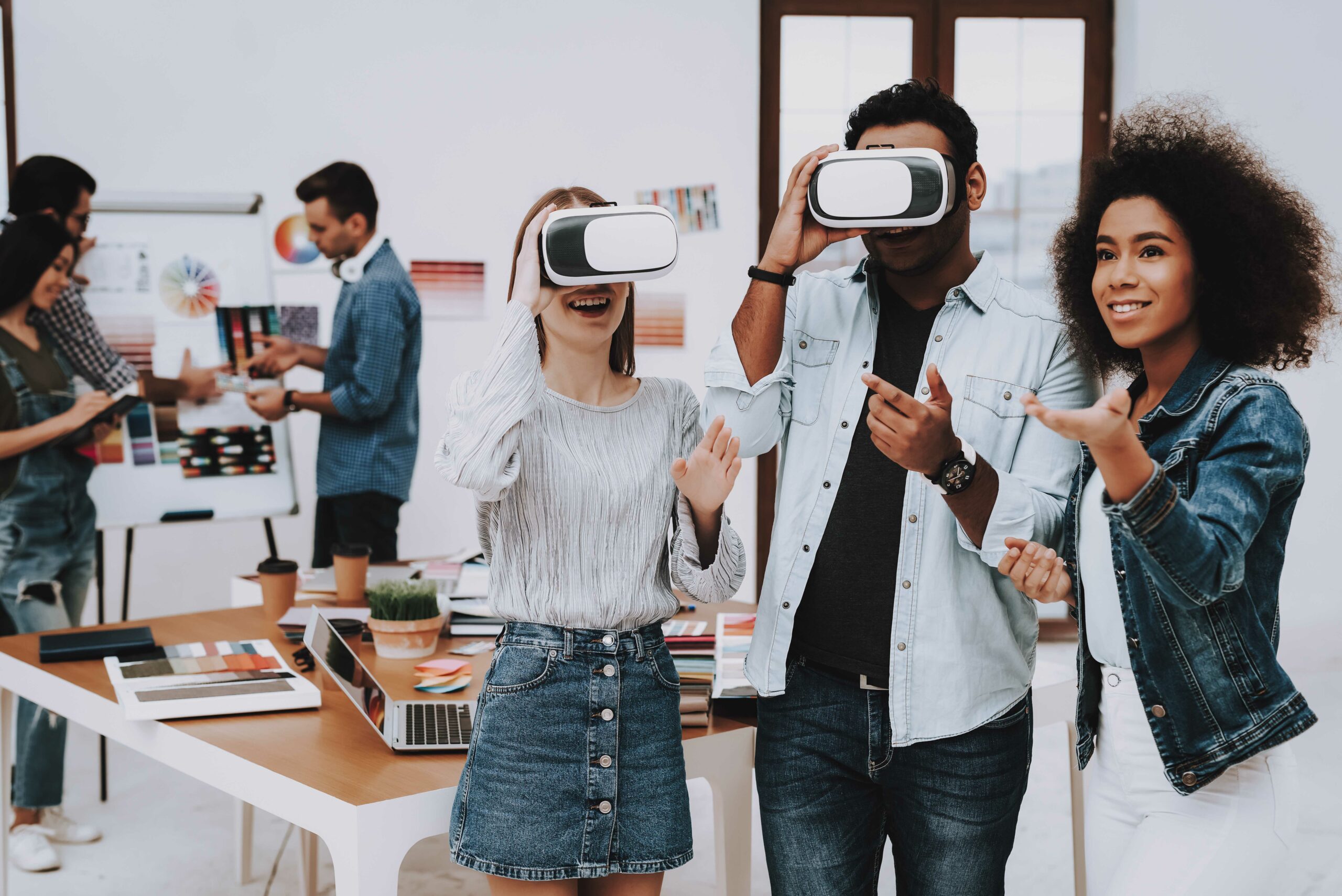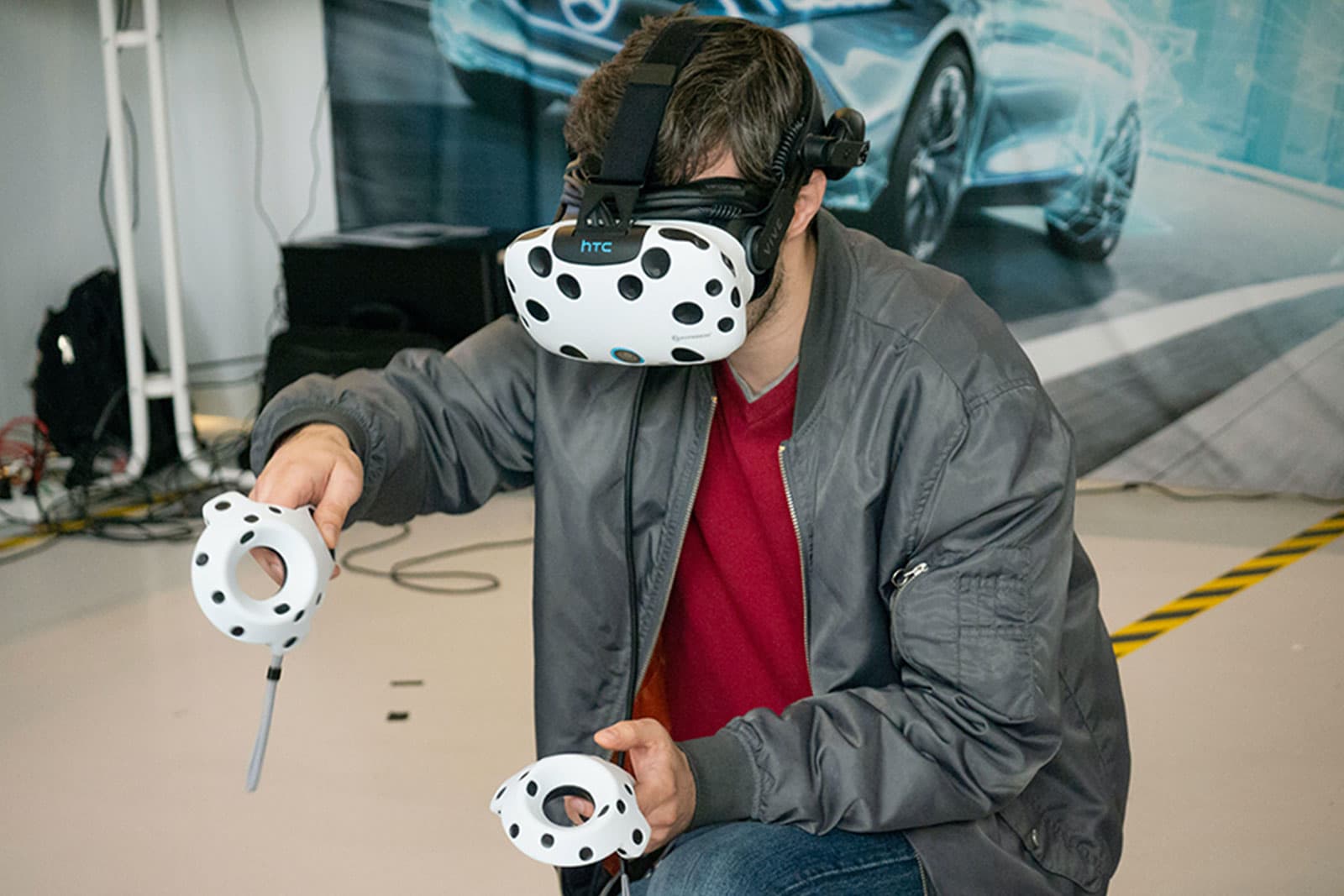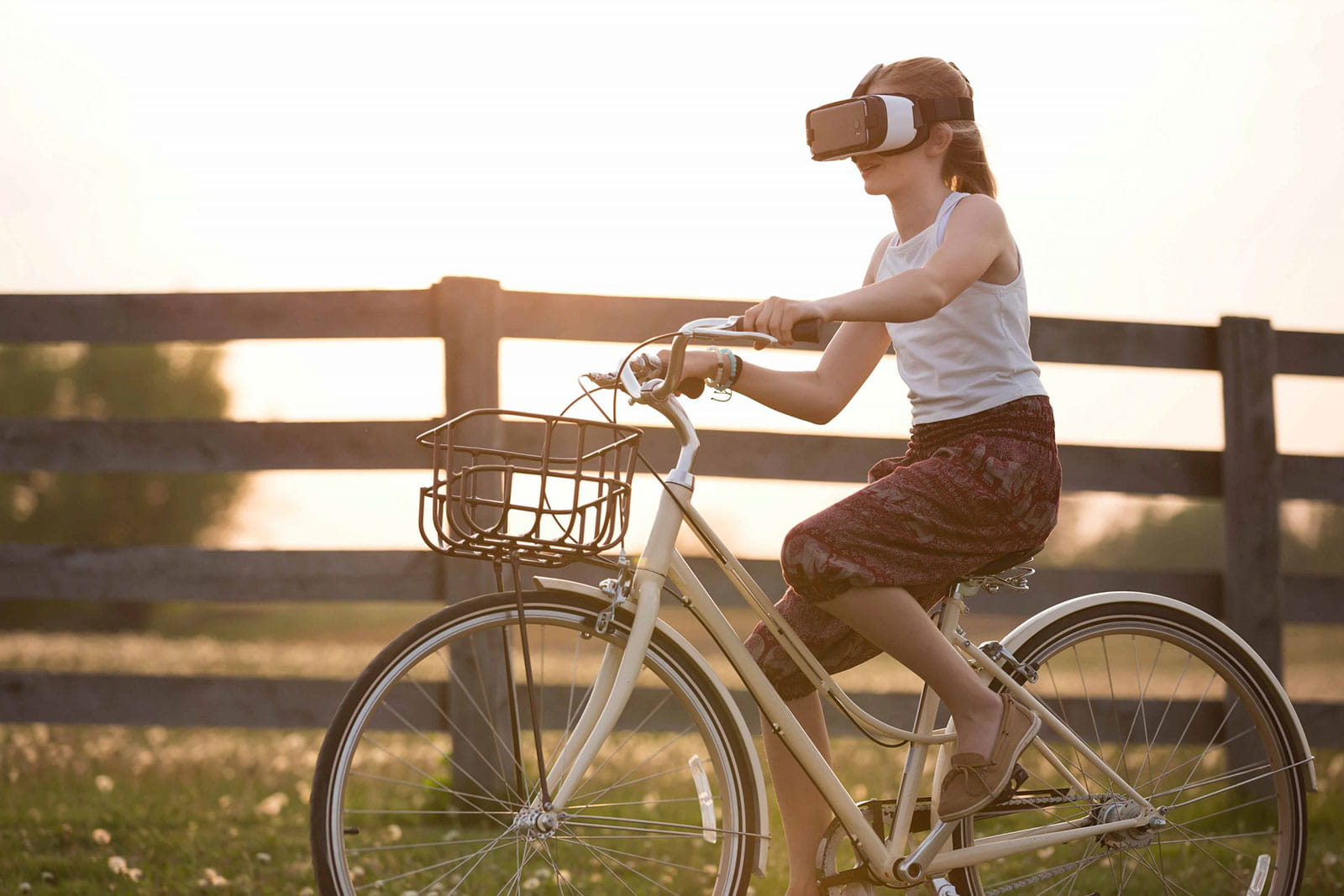Career guidance is a challenge we all face at one time or another.
“What am I going to do later?”
Three groups stand out when this question arises.
- Those who have always known what they wanted to do: this is often a matter of passion or vocation.
- Those who have a vague idea of what they want to do. They are often influenced by someone close to them and the idea they have of the profession they practice.
- Those who have no idea of what they want to do.
The last two groups mentioned have no idea of the day-to-day reality of the jobs available to them.
There are very few solutions today that allow young people to discover a trade. Yet the answer to this question can define the future of these young people.
Inevitably, many young people end up undergoing their orientation. In the best of cases, they let themselves be guided by the idea they have of the job that interests them. In the worst case, they let themselves be guided in ways that do not suit them because they do not fit into the boxes that school imposes on them.
Because that’s also what orientation is in France. The students who get good results are pushed towards intellectual fields and professions. Those who do not do so well are encouraged to pursue manual professions.
As if being good at school should define the rest of our lives.
Education has struggled to adapt to the emergence of new technologies. Today, digital boards and touch tablets are no longer enough.
Technologies have evolved and so have the ways of consuming information.
This is true in education as well as in career guidance.
How are digital tools shaking up career guidance?
Technology has become increasingly present in the educational landscape over the past decade. In France, many regions have equipped high school students with laptops and touch tablets. Classrooms have seen digital boards and video projectors replace traditional boards. Teachers have also been equipped with intranet portals and computers.
The Covid-19 pandemic and the ensuing lockdown periods also added a touch of digitalization to the educational world. Teachers and students had to quickly adapt and learn to work remotely and only on digital media.
However, two questions remain:
- Is it enough?
One might be tempted to answer yes. However, the range of technologies available to us today makes us think that it is not enough. Technology today offers an almost infinite range of possibilities.
We invite you to read our article “Learn chemistry in virtual reality? It’s possible“. You will find an excellent use of virtual reality in the classroom.
- What about career guidance?
Let’s come back to the question of career guidance. Today, very few means are available to young people to orient themselves in an enlightened way.
The first two solutions that come to mind are: the one-week observation period in the third year of secondary school and the “Infosup” higher education fair.
We could also add the presence of guidance counsellors, but there are too few of them to be able to offer personalized, continuous and adapted support to each student in their school. And this is without mentioning the means made available to them, which are far from relevant today.
This is largely insufficient.
Yet there are solutions that meet this need. More and more solutions are emerging.
There are too many students who are blindly orienting themselves. Young people need to know the day-to-day reality of the jobs that interest them.
Here is our selection of innovative solutions for discovering careers.
Métiers360 for a virtual reality orientation! Métiers360 allows young people to discover and explore work environments through virtual reality. This solution allows students to immerse themselves in these environments and to collect information about the tools and missions of all the jobs present in this environment.
It is an excellent solution to allow the user to visualize and project himself in the job that interests him.
Wilbi, the application for discovering professions. This application allows young people to follow a professional for a week on his phone. With the help of short and dynamic videos, the professional will share his or her daily life, his or her missions, and help the user discover his or her work environment. A bit like a third grade internship but completely digitalized!
The advantage is that students can follow several professionals at the same time and thus discover a wide range of professions throughout their orientation. This application is completely adapted to the way young people consume information and is therefore in line with the times.
We end this selection with MIMBUS Discover, our solution for discovering jobs in virtual reality.
After the visual discovery, it’s time for experimentation. Once again, users are completely immersed in virtual environments and will be able to discover and perform missions related to the job they are discovering. These short, realistic and interactive scenarios are also easy to handle. In addition to allowing young people to project themselves into their future profession, it is also an excellent solution for detecting talent or inspiring vocations.
We let you discover MIMBUS Discover in video !




